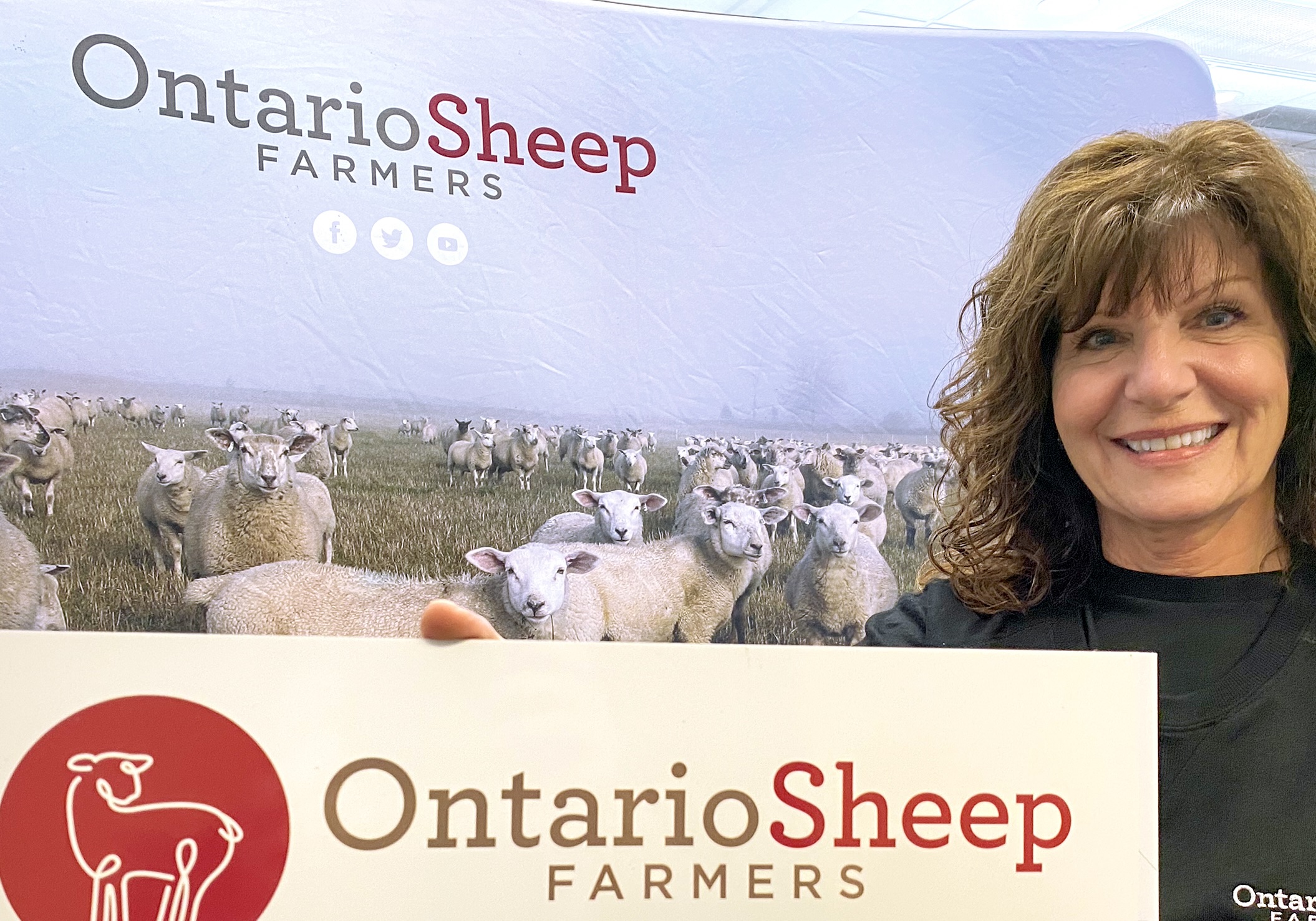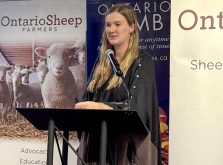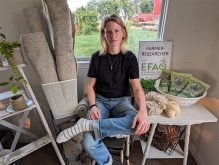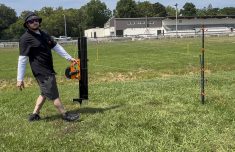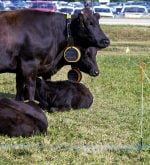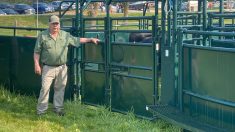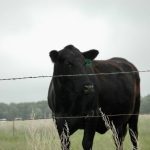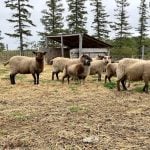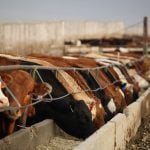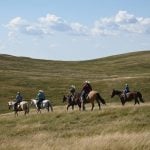Ontario Sheep Farmers is focusing on stakeholder collaboration, profitability and producer return on investment as part of its five-year strategic plan.
Why it matters: The new approach is the result of stakeholder and producer consultation.
“(We) acknowledged that the sheep industry lacked cohesiveness and began to lay the groundwork in 2023-24 for future collaboration,” said OSF chair Art Alblas at the organization’s annual meeting in Cambridge, Ont., last month.
Read Also
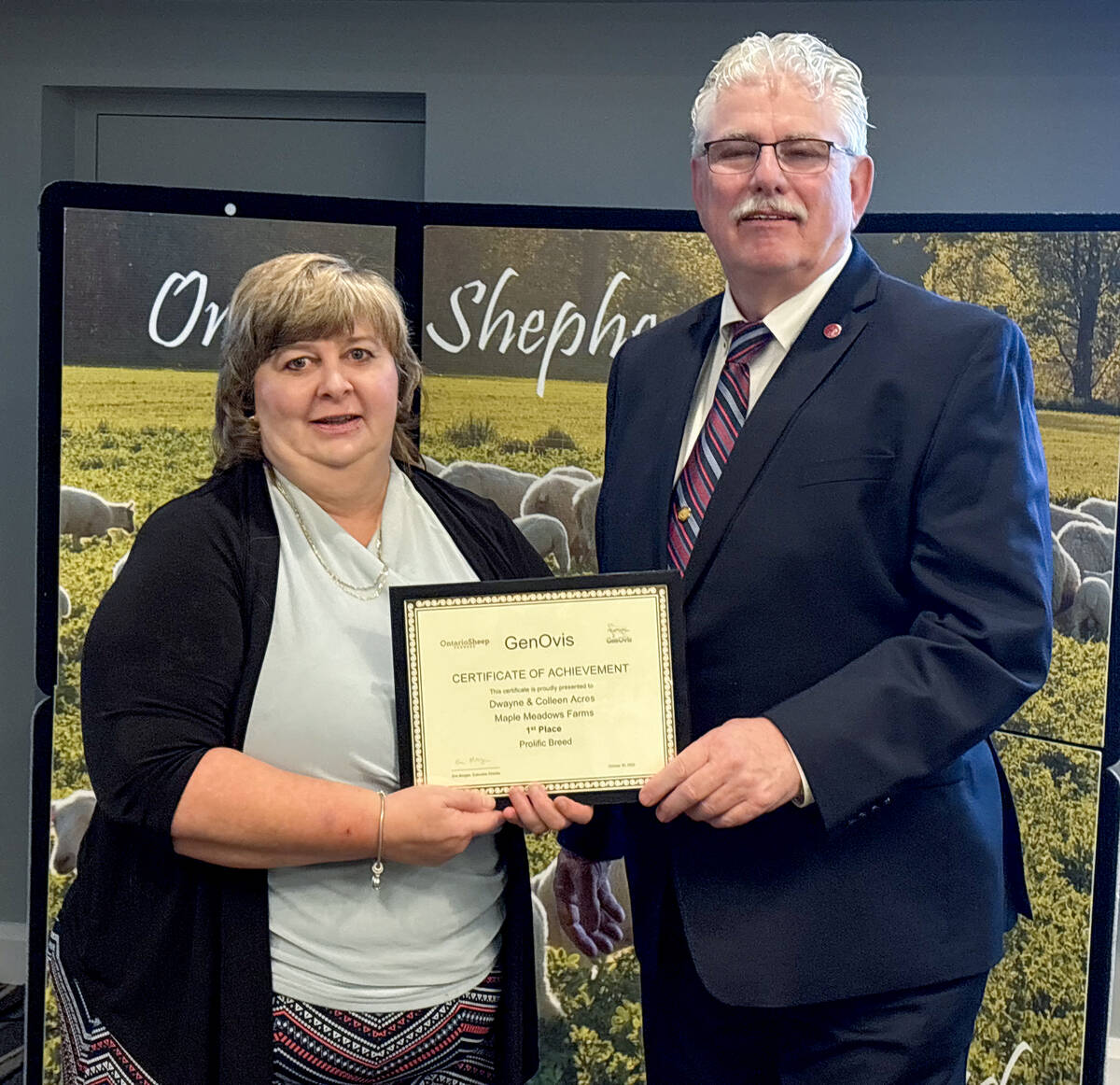
GenOvis awards presented at Ontario Sheep Farmers’ annual meeting
Producers and youth were recognized for their contributions during the Ontario Sheep Farmers’ annual GenOvis and leadership awards.
This year OSF invested in an international market research project to increase its understanding of Ontario’s ethnic consumers and identify specific consumer groups and potential marketing strategies. It consulted processors and auctions in 2023 to identify business goals, challenges and growth opportunities.
“There is financial strain across all market segments, and processors are adapting by developing direct-to-retail strategies,” said Alblas, adding there is “increasing custom slaughter to avoid the risk of condemnations and focusing on secondary processing opportunities.”
OSF has created a group that is developing 2025 lamb marketing promotions. It also recently launched Sheep Institution, an online resource to provide producers with free professional skill development, education and industry resources.
“There are resources for new producers, for intermediate producers and experienced producers, as well as self-directed courses for all skill levels and specific interests,” Alblas said.
The searchable site requires a login, but not an OSF membership, and users can prioritize articles of interest based on previous search history, said OSF executive director Erin Morgan.
The organization also offered producer skill development workshops in Rockwood, Norwood, Perth and Powassan this year on techniques for catch and restraint, drenching and injections, drench and vaccination equipment calibration, hoof trimming and soundness evaluations.
A recent survey of producers at various levels of experience, including those who’d left the industry, indicated challenges in the first three to five years of production. It showed a need for mentorship and guidance from knowledgeable producers, expert connections for nutrition and animal health before flock purchases and financial tools to support efficiency and growth.
“Many producers shared that flock management, tracking and investments in health and genetics were crucial to future success,” said Alblas. “Overall, most producers surveyed see a significant opportunity in this industry.”
Members also indicated the duration and timing of the mid-week annual meeting made attendance difficult and costly, said Morgan, especially for those working off-farm.
“We were challenged in a resolution from District Two last year to drill down on our costs and whether or not there was a return on investment for the different programs we invest in.”
OSF held a shortened 1.5 day, end-of-week meeting this year. It’s a transitional step toward a bold redesign, said Morgan. It will include a virtual annual meeting in 2025 and introduction of a hands-on OSF field day on July 24 at the Orono Fairgrounds, in partnership with the large flock operators and the Ontario Ministry of Agriculture, Food and Agribusiness.
“(The virtual annual meeting) saw about the same numbers that we see (in person), and it’s more accessible to the entire province,” she said. “We have a large number of producers in northern Ontario, and we don’t want them to feel like we’re leaving them out.”
Morgan attended nearly every annual district meeting and heard producer concerns and proposed resolutions, and in some cases responded to them before the annual general meeting. As a result, districts tabled fewer resolutions than in previous years.
“We’ve been listening for the last two years. Most of the best ideas come from our producers … and I’m here to deliver what they want,” said Morgan.
The newly launched producer gate sign, a response to a District 8 resolution asking for a visible public marker for local producers, reflects response to farmers’ requests. The signs cost $35 and online orders are available on the OSF website.




